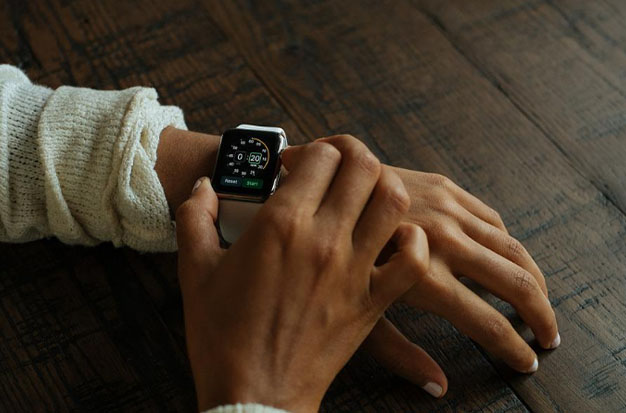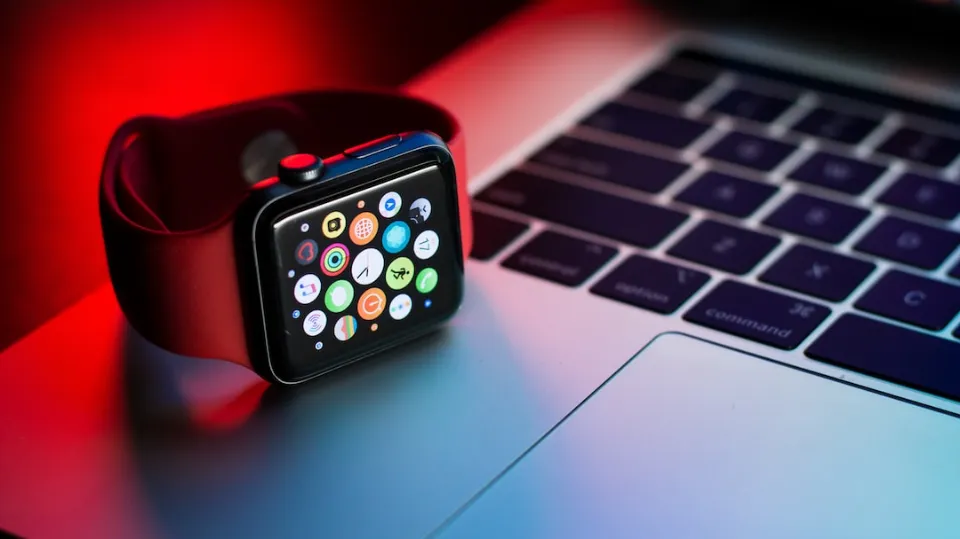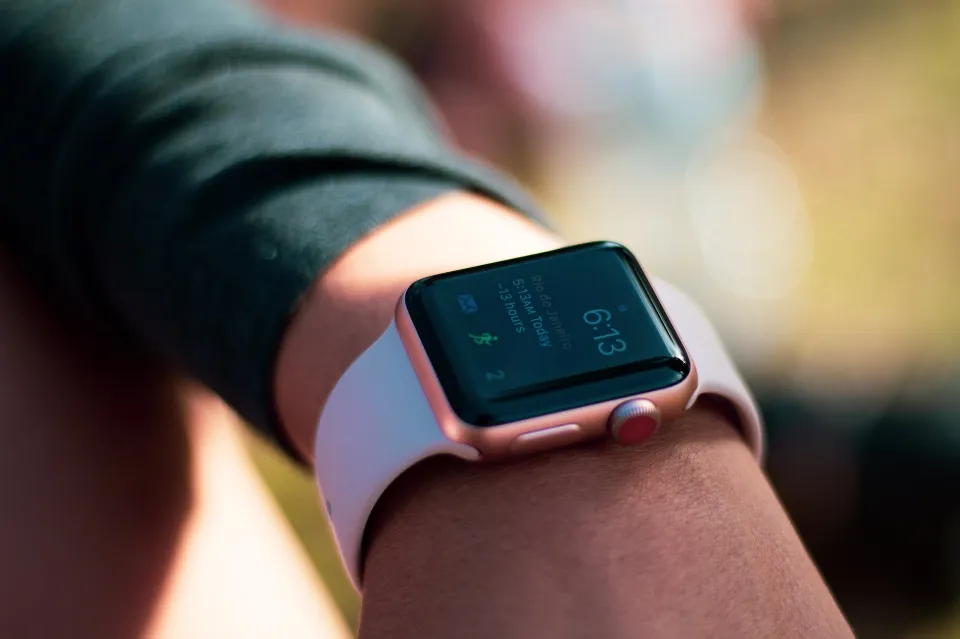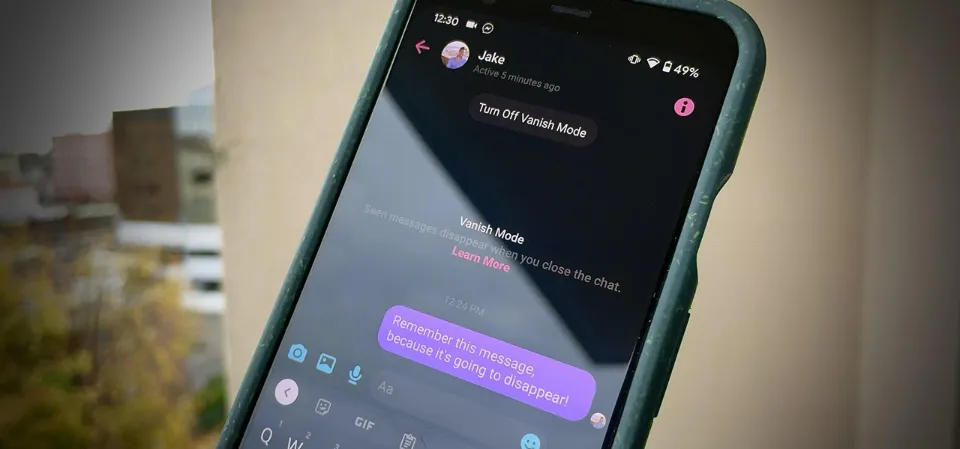Apple Watch has been successfully tracking your health for some time. This is the top smartwatch available right now. Any heart rate, including heart rate recovery and calorie counting, can be tracked by this smartwatch. You can pick up some tricks to get the most out of your Apple Watch. There are a few issues with the smartwatch that could obstruct your daily activities. The Apple Watch’s battery life has been criticized occasionally, despite all the incredible features and benefits it offers. If you encounter one of them and discover that your Apple Watch’s battery is draining more quickly than usual, you’ve come to the right place.
How Long Should My Apple Watch’s Battery Last?
The battery life of the Apple Watch, according to Apple, can last up to 18 hours. This has remained the same from the Apple Watch Series 1 model until the current one, unlike other Apple products like iPhones.
Based on the following types of use, the current model’s 18-hour all-day battery life:
- 90-time checks
- 90 notifications
- 45 minutes of app use
- 60-minute work with music playback from Apple Watch via Bluetooth
- All this usage over 18 hours
As a result, a wide range of factors affects Apple Watch battery life. You can get drastically different day-to-day results if you add in inefficient settings, resource-intensive apps, and other features. Be aware that hardware issues rarely result in a reduction in battery life. In 99 percent of cases, the cause of these issues is a software problem.
We’ll go over a few of the most typical reasons why the battery on an Apple Watch drains now.
Why Does Apple Watch Battery Drain So Quickly?
Let’s just agree, fellow Apple users, that after a significant iOS update, the battery life seems to deplete more quickly. Do you recall when Apple was forced to offer new battery rebates for the iPhone 6? Given how tough it is to restore a previous OS on any Apple device, it is hard to be sure that the update didn’t cause battery life drainage.
Drains are typically a more frequently reported issue on Apple Watches than on other smartwatches because of their relatively short battery lives. All Apple Watch models are expected to last for 18 hours, but some appear to perform better than others.
The precise causes of a battery that drains quickly are difficult to identify. However, considering how short its lifespan is, the iWatch itself may be the root of the problem. Additionally, a display that is activated frequently may also contribute to the battery’s short lifespan.
Wifi, Bluetooth, And Cellular Radios Using Lots Of Battery
Wi-Fi and Bluetooth are built into every Apple Watch. You can also get Apple Watches with LTE connectivity starting with the Apple Watch Series 3. All of these radios also referred to as connectivity, consume a lot of battery power, especially cellular connections.
You ought to keep your LTE connection turned off unless it is absolutely necessary. Additionally, you can conserve even more battery life by turning off Wi-Fi and Bluetooth connections by using Airplane Mode on your watch instead of constantly connecting to cell towers, which can quickly deplete your battery.
Read More About Apple Watch Problems:
- Why My Apple Watch Won’t Turn On – How To Fix
- How To Charge My Apple Watch Without Charger?
- How to Make Apple Watch Vibrate Only – Simple Ways
- How To Clean An Apple Watch Band In Easy Ways
- Why Does My Apple Watch Tell Me to Breathe – How to Turn Off?
- How To Get Snapchat Notifications On Apple Watch?
How Can I Avoid Having My Apple Watch Drain My Battery?
It may be caused by unmanaged times, wake screens, too many background apps, or excessive screen brightness if your Apple Watch battery drains quickly after an update or if this problem persists. Try making these adjustments to the settings if you want to solve the issue and prevent further damage to your priceless device. We go over common solutions for stopping the Apple Watch battery drain.
Check For Activity In Your Workout App
It’s a good idea to check your third-party fitness app or the Workout app after your most recent workout to see if it’s still active or if it has been paused. The heart rate sensor and calorie tracker are two of the biggest battery hogs on the Apple Watch, so there’s a chance that your fitness app is still active and draining its battery.
When using the Workout app, always remember to tap End after finishing a workout, as I do when I’m at the gym. I’ve only used a few independent fitness apps, but the ones I’ve used have a user interface resembling that of the Workout app that comes with the device. Please share any information about your favorite fitness apps in the comments section below.
Turn Off Wake Screen On Wrist Raise
Do you raise your wrist to activate your Apple Watch display every time? Because the Wake Screen on Wrist Raise is activated, this is the case. Due to the display turning on and off frequently, this feature can significantly reduce the Apple Watch Series 3 battery life.
After observing my Apple Watch display lighting up each time I adjusted my wrists while typing or browsing the internet, I immediately turned this feature off because I do a lot of computer work.
Open the Settings app on your Apple Watch and select General -> Wake Screen to disable Wake Screen on Wrist Raise. Finally, flip the switch next to the Wake Screen on the Wrist and Raise to the off position. When the switch is gray and facing left, you’ll know this setting is off.
Turn On Power Saving Mode While Working Out
Turning on Power Saving Mode is a simple way to extend battery life if you frequently exercise while wearing your Apple Watch. The heart rate sensor will be disabled when this feature is activated, which could result in less precise calorie calculations than usual.
Fortunately, almost all of the cardio equipment at your neighborhood gym or fitness center has built-in heart rate sensors and monitors. In my experience, the heart rate monitors on contemporary cardio machines are almost always as precise as the one in your Apple Watch.
It was always within 1-2 BPM (beats per minute) of my heart rate recorded on the elliptical, according to several tests I conducted at my neighborhood Planet Fitness.
Go to your Apple Watch’s Settings app, select General -> Workout, and then toggle the Power Saving Mode switch to on. This will enable Power Saving Mode for the Workout app. When the switch is green, you’ll know it’s on.
Fixes For Apple Watch Battery Draining Fast After Update
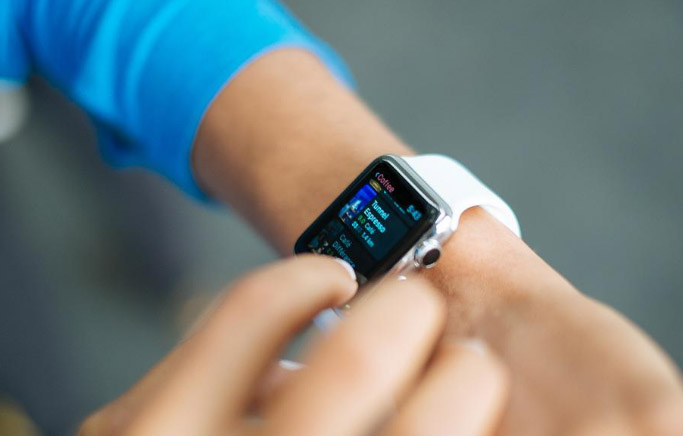
The steps you would take on your iPhone to fix a rapidly depleting Apple Watch battery are largely the same. Optimize your settings, turn off network connections when not required, and disable unnecessary apps and notifications.
There is a slim possibility that you may have a hardware problem if none of this helps. If you don’t have AppleCare, getting your watch fixed can be expensive because, unlike iPhones, Apple is your only real option for repairs.
Finally, you can anticipate about 18 to 24 months of continuous heavy use before the battery starts to deteriorate. So it might be worthwhile to upgrade to a newer Apple Watch if you currently own an older one. If you choose that course of action, you can reduce the cost by selling your old Apple Watch to Buyback Boss.
Apple Watch Resetting And Restoring
You can restore it to factory defaults if nothing else works to extend your battery life. This will delete all of your settings and content, including apps, music, and workout logs, so be careful when you do it. With your phone, it feels like a fresh start. Therefore, be sure to perform a prior iCloud backup.
Open the Settings app, select General -> Reset, then select Erase All Content and Settings to return your Apple Watch to factory settings.
Final Words
If your Apple Watch’s battery life depletes more quickly than it should even with light usage, check that the OS is up to date and turn off any battery-hungry features.
The device should operate for approximately 18 hours for the majority of users; anything less than this frequently points to a problem.
Did this knowledge help your Apple Watch Series 7 battery get better? For additional helpful information, look at the related articles.


